Pollinators

Pollination and pollinators are critically important to our food supply. Most of our vegetables and fruit depend on pollinators to produce a crop.
Eighty percent of flowering plants use pollinators to transfer pollen, and one third of our food is derived from crops that require animal pollination by bees, wasps, flies, butterflies, moths, birds, bats, and even beetles. Honey bee pollination is widely used in the U.S. in citrus, apples, stonefruit, sunflowers and almonds to name a few.
Here you’ll find practical ATTRA information about pollinators and pollinator habitat. You will find information about honey bees, native bees, and other pollinators. Creating pollinator habitat also provides habitat for other beneficial insects, such as predators like green lacewing and lady bird beetles, as well as parasitic wasps and flies, which parasitize a wide range of insect eggs, larvae and adult insects.
Related Topics
Staff Expert



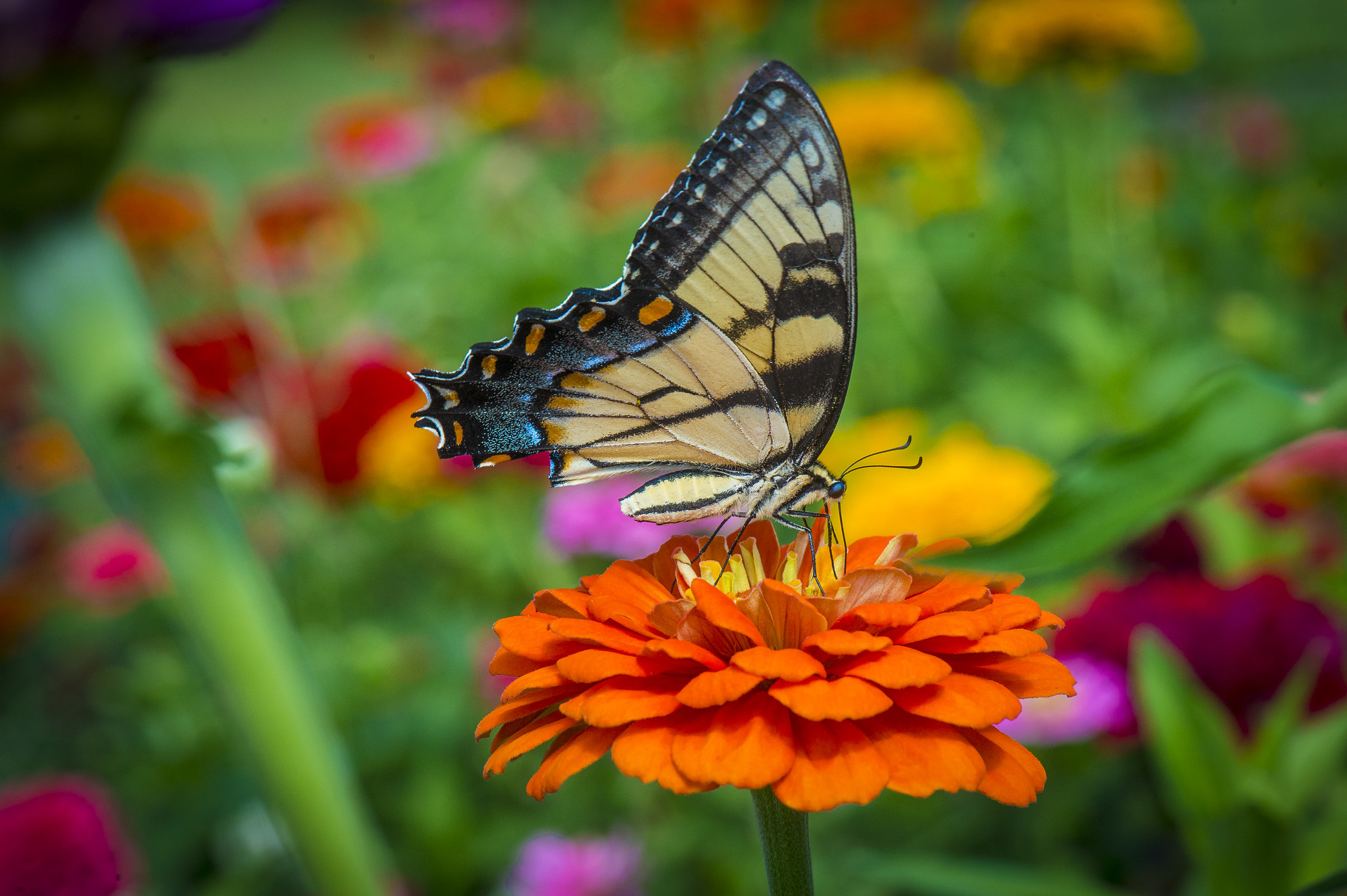
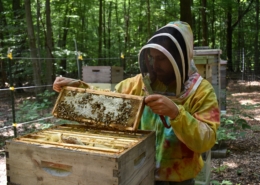
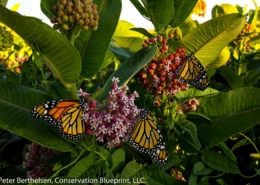
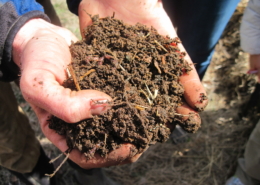
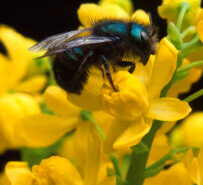
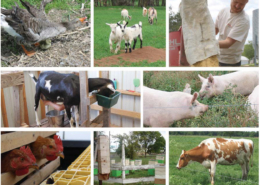



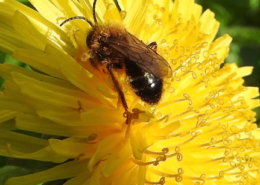
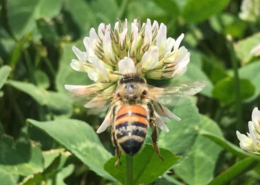 USDA photo by Lance Cheung
USDA photo by Lance Cheung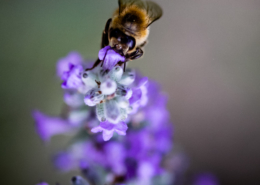 Flickr CC Jessica Lucia
Flickr CC Jessica Lucia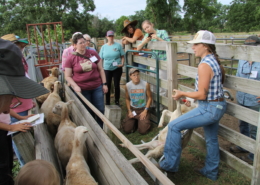 NCAT
NCAT